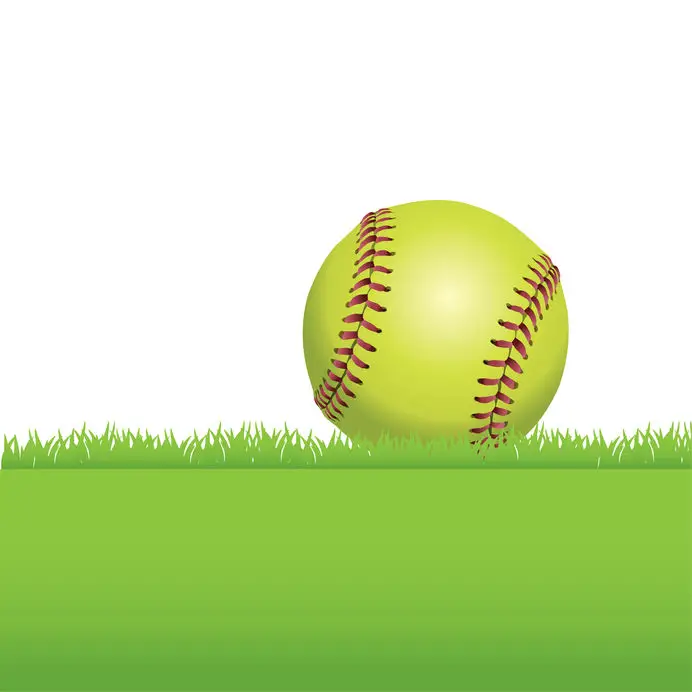
Building a softball game model is essentially mimicking the conditions of the game. This will then be used in training to add specificity to your practices and workouts. There are many factors to consider in developing a model for softball.
Factors which include:
- duration of games / tournaments
- environmental factors
- social factors
This component of planning should be initially done during the transition phase. Coaches use the previous season as a reference to reflect on what worked and what did not work. The softball game model can be used during the pre-season exhibition games and then tweaked during the season up to the main competition. Once tapering begins though it is about regeneration and carrying through, based on what was done in the months before.
Knowing the dynamics of a softball game and being able to break down all of its components will be very helpful in planning, especially as you get to the competitive phase. We often think of a game as simply throwing, fielding hitting, pitching and running. When we can think of it as much more than that, we can prepare our athletes more effectively.
Softball Game Model Considerations
- technical / tactical skills
- physical fitness
- down time
- opponents
- spectators
- umpires
- weather conditions
- of the field considerations
When planning your training, you can include these elements to some degree in every training session. It can help you to your athletes to maintain their ideal performance state when they have a good idea what to expect. Use it when planning microcycles to experiment with and refine your tactics.
Softball unlike many sports is a hurry up and wait game. Fatigue can occur mentally as much as physically during a competition. By learning mental training skills in the preparatory phase and then applying those skills into strategies, athletes will be more able to combat mental fatigue.
We may not think it but down time is also something to plan for. Except for pitchers and catchers, much of the game is spent either sitting in the dugout or waiting for the ball to be hit. Being able to have game intensity when needed is a skill that we simply expect that softball players will have. If we can train for it however, we can increase the likelihood that it WILL be a skill that our athletes can access at any time.
Be creative in designing drills and situations that will allow the team to train for these elements.

